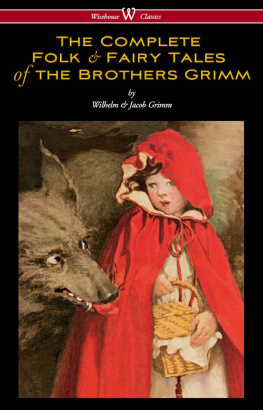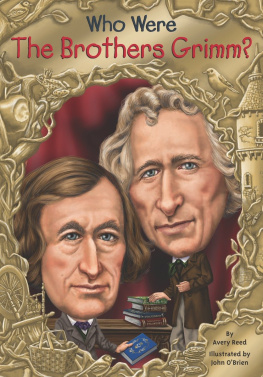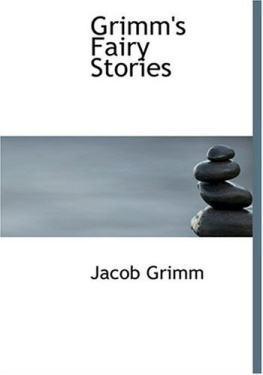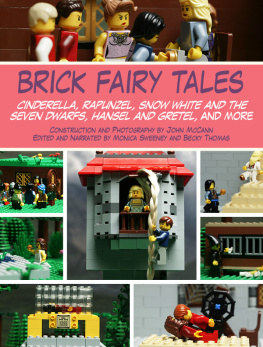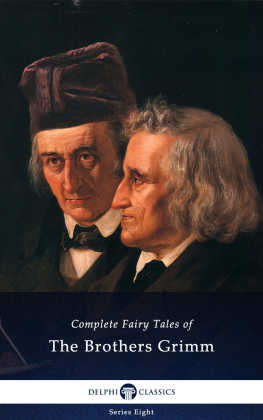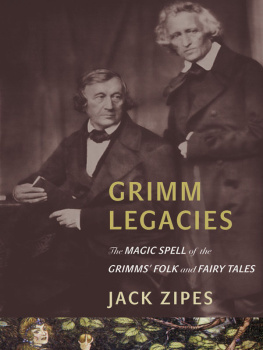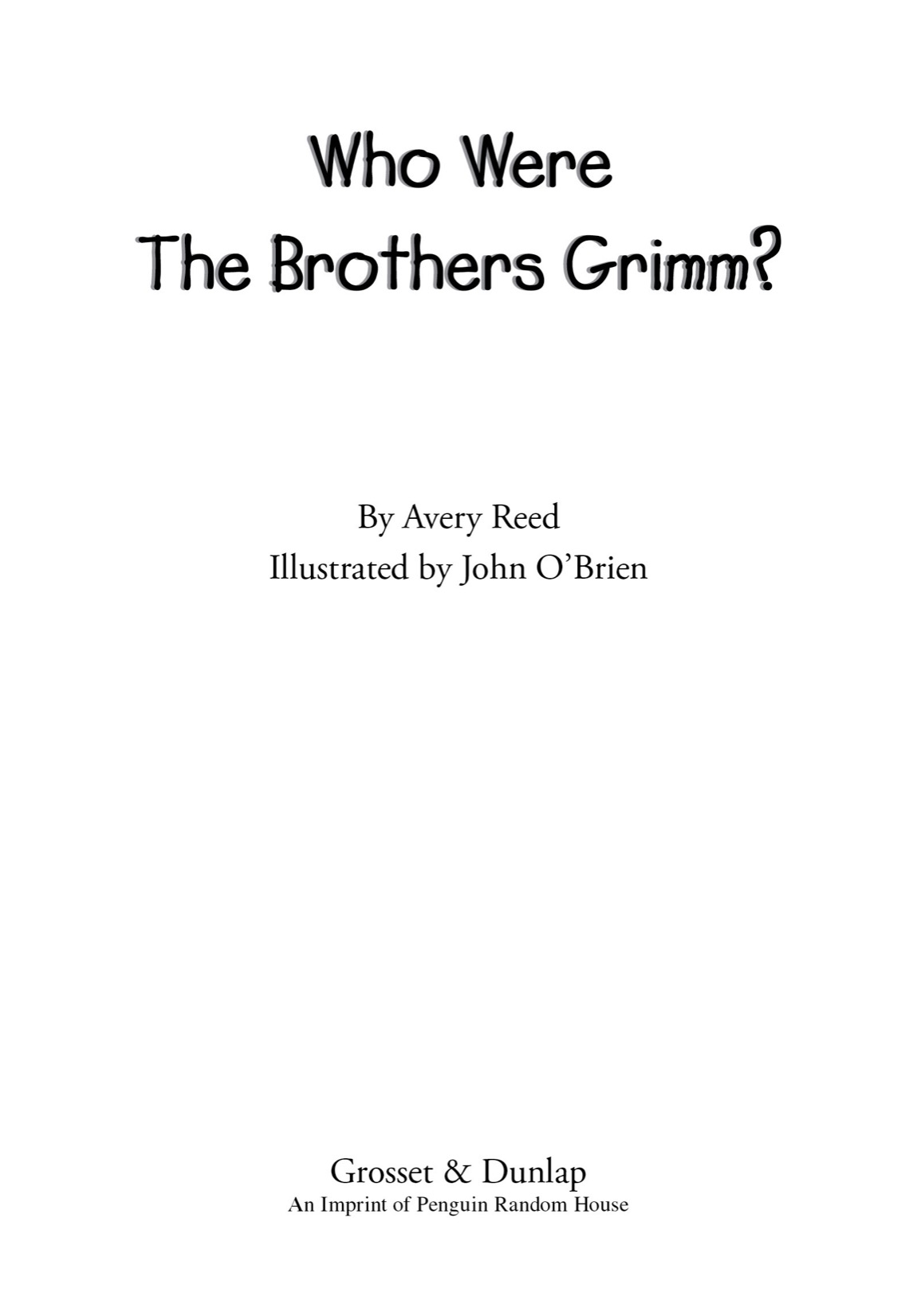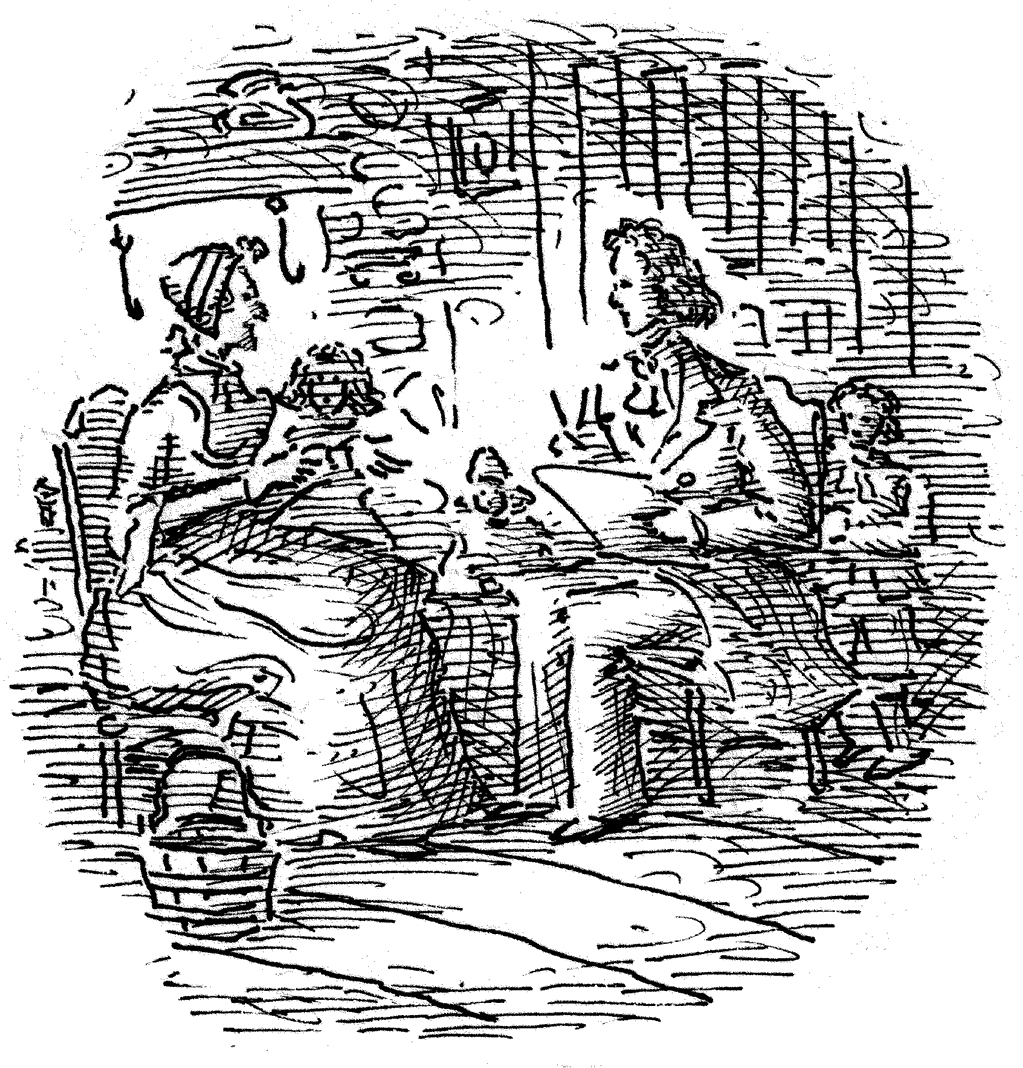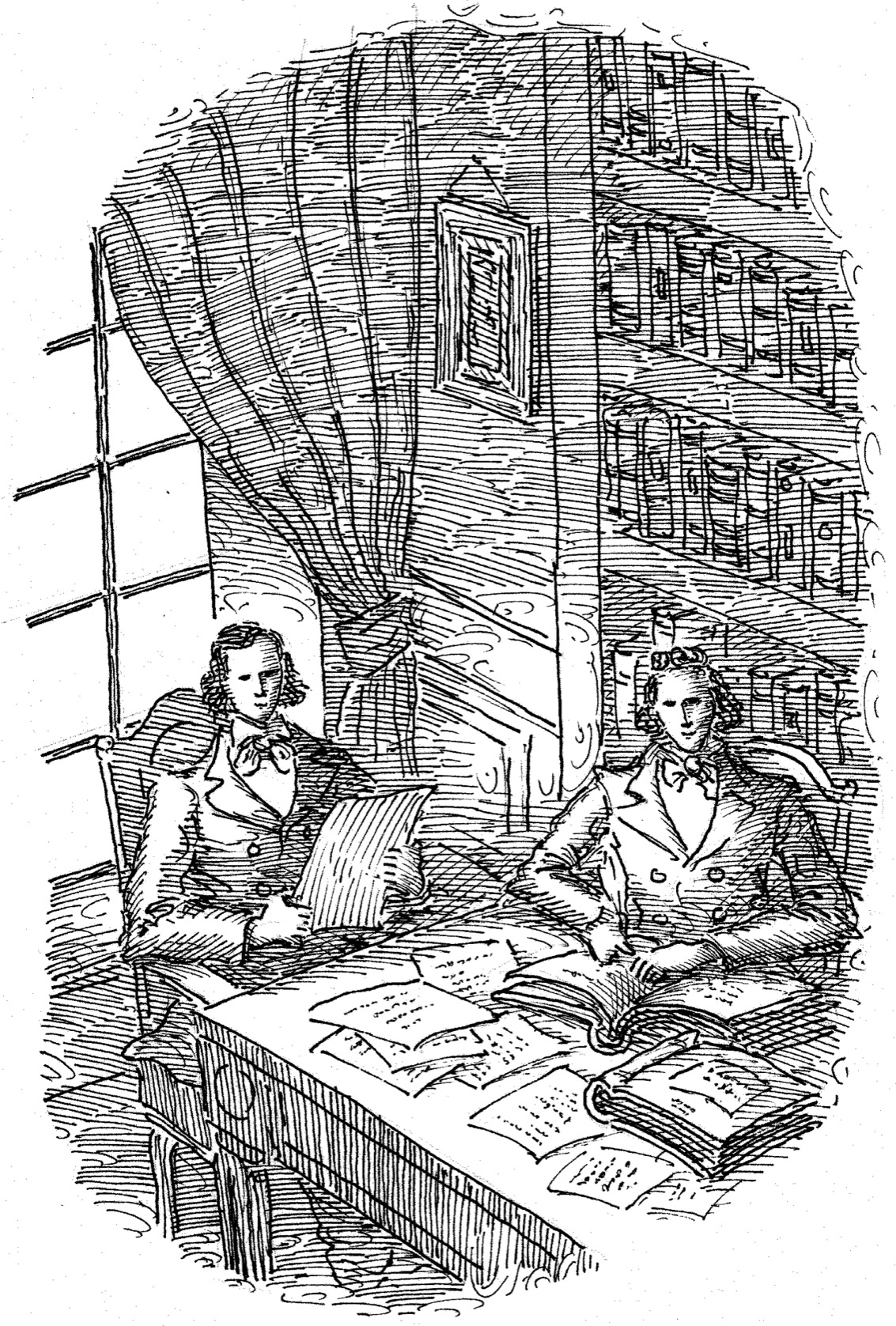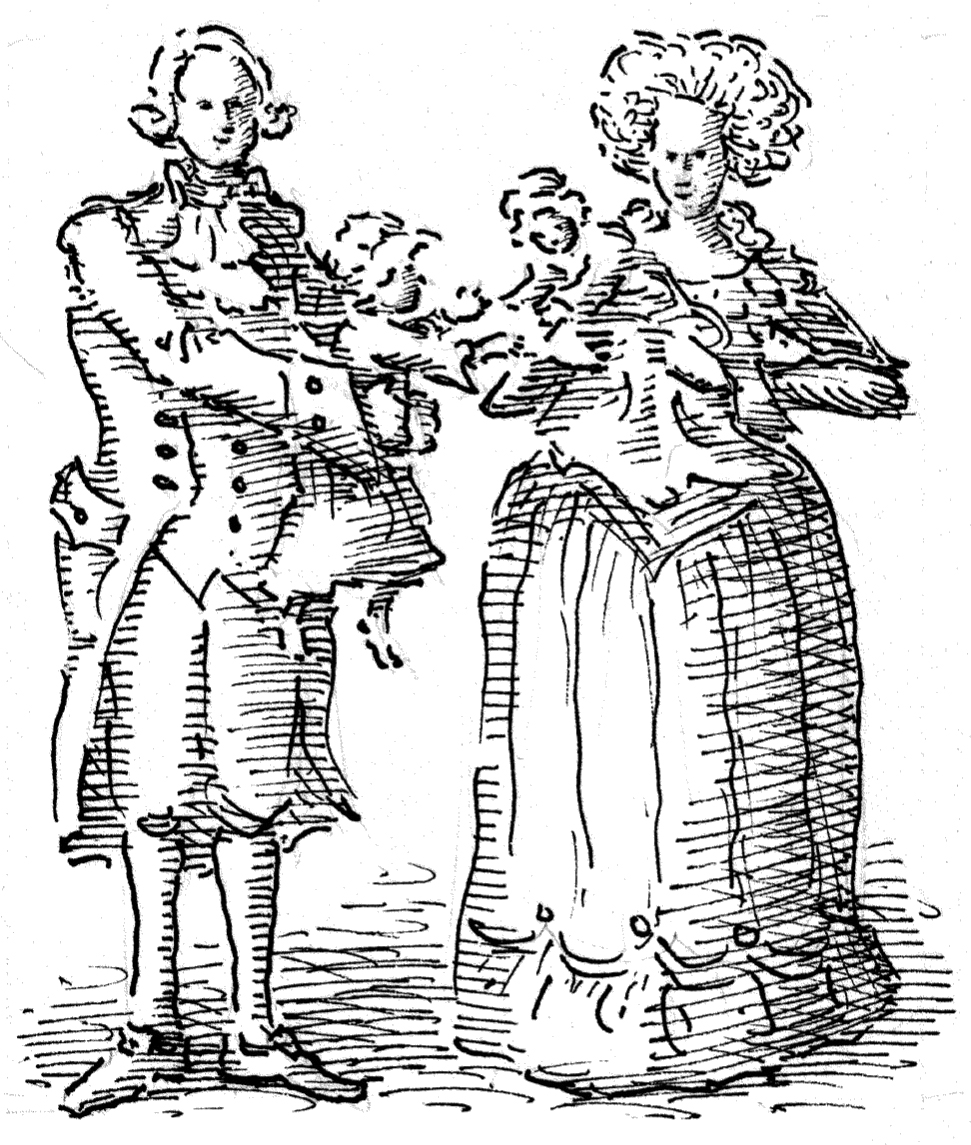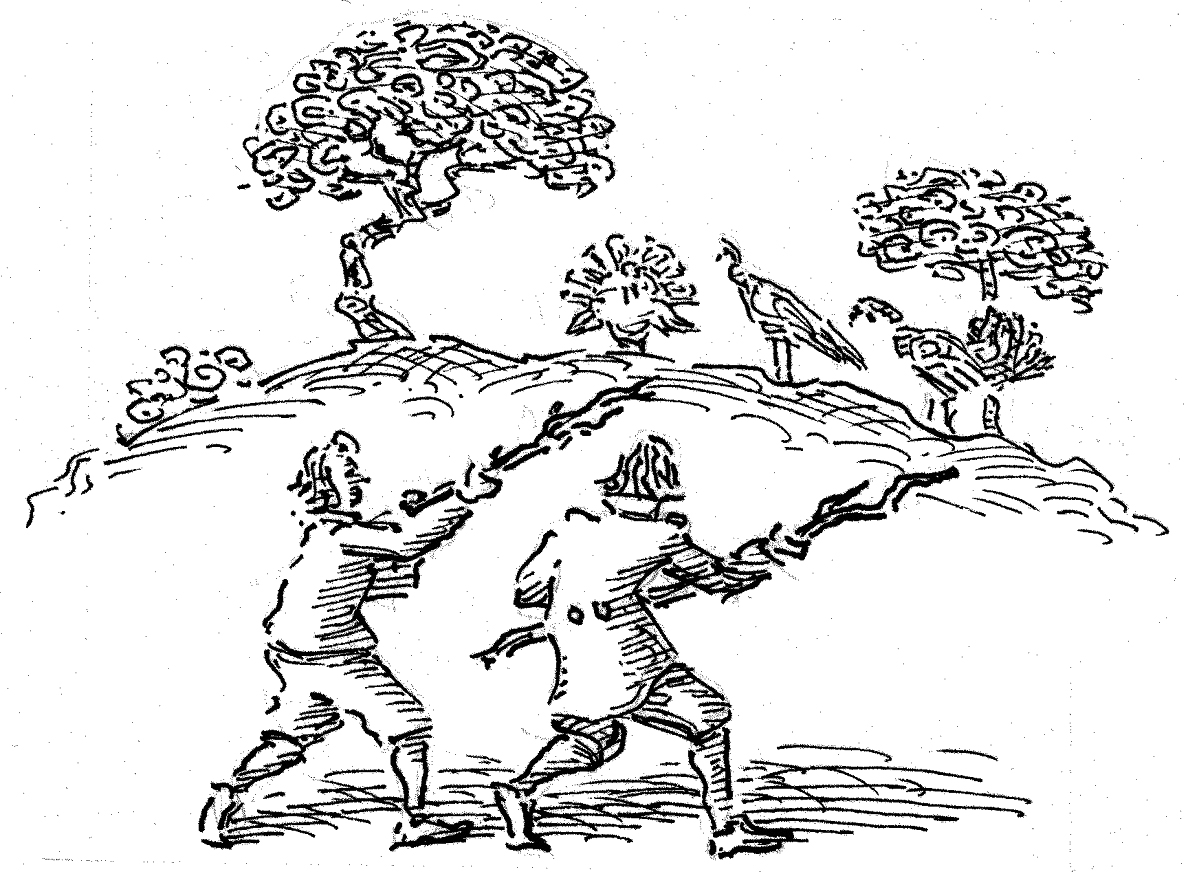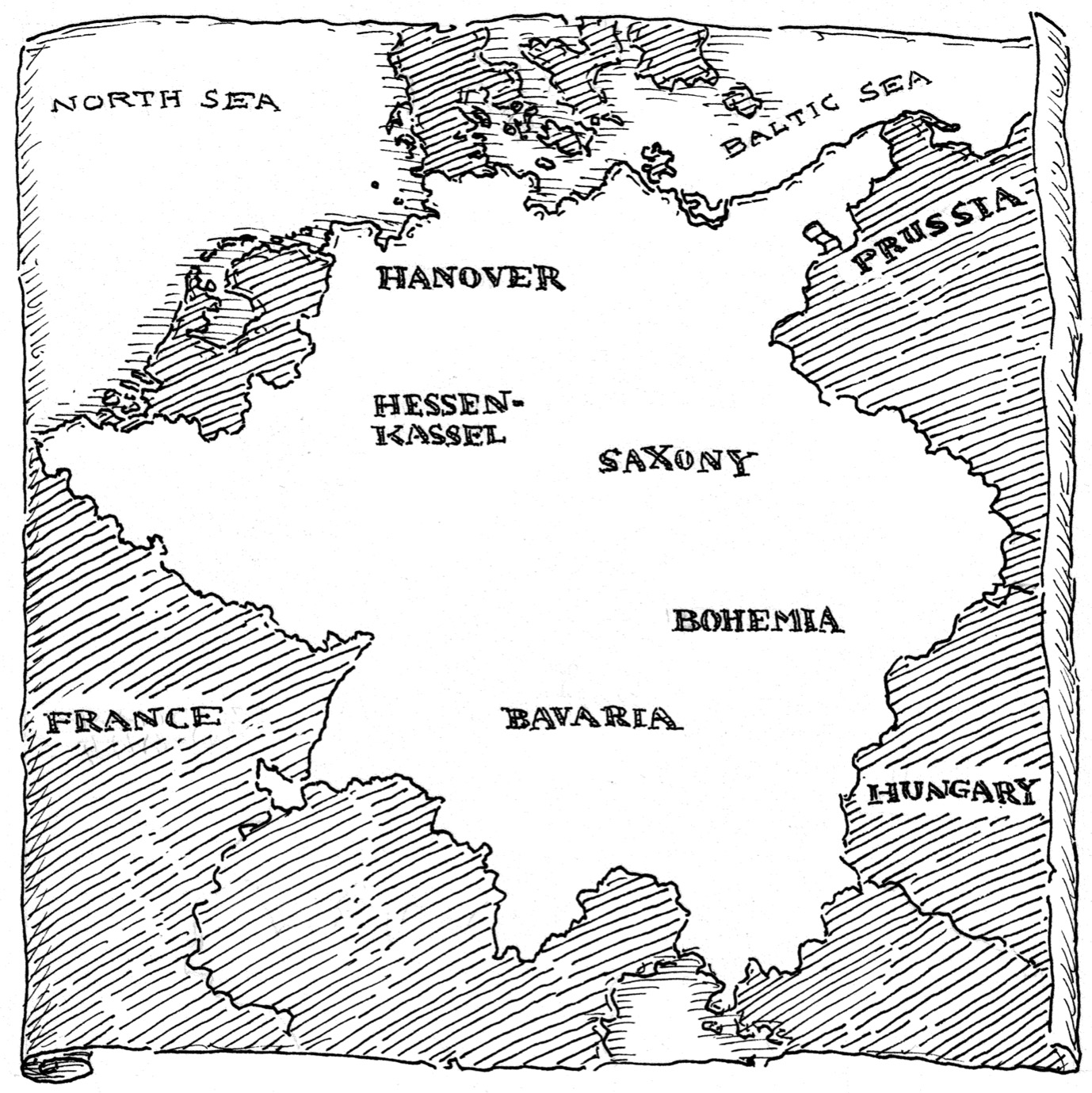Penguin supports copyright. Copyright fuels creativity, encourages diverse voices, promotes free speech, and creates a vibrant culture. Thank you for buying an authorized edition of this book and for complying with copyright laws by not reproducing, scanning, or distributing any part of it in any form without permission. You are supporting writers and allowing Penguin to continue to publish books for every reader.
The publisher does not have any control over and does not assume any responsibility for author or third-party websites or their content.
Text copyright 2015 by Avery Reed. Illustrations copyright 2015 by John OBrien. Cover illustration copyright 2015 by Penguin Random House LLC. All rights reserved. Published by Grosset & Dunlap, an imprint of Penguin Random House LLC, 345 Hudson Street, New York, New York 10014. GROSSET & DUNLAP is a trademark of Penguin Random House LLC.
Who Were The Brothers Grimm?
Once upon a time, an old peasant woman began, there was a queen whose husband had been dead for many years, and she had a beautiful daughter.
A young man named Wilhelm Grimm listened attentively to the womans story. The woman had likely heard it when she was a young child from her own mother. It was a German fairy tale called The Goose Girl. The fairy tale is about a magical charm, a horse who can speak, an evil servant, and a princess who seems doomed to a life guarding geese for a king who believes she is a peasant.
Wilhelm had traveled out into the countryside of Germany to meet Dorothea Viehmann and listen to her stories. She told him thirty-five talesand Wilhelm wrote them all down, word for word.
It was 1813, and Wilhelm and his older brother, Jacob, were in the middle of a big project. The brothers had just published their first book together, a collection of German fairy tales, and now they were working on a second volume.
Jacob and Wilhelm Grimm were serious scholars, but they loved listening to fairy tales. They thought childrens stories were an important part of German history. Because fairy tales had been told and retold for hundreds of years, the tales showed how German language and culture had developed. But by 1813, fewer and fewer people were telling fairy tales to their children. Soon, the Grimms feared, no one would remember the stories.
It was difficult for Jacob and Wilhelm to collect fairy tales because the stories were not in books. Before the Grimms, very few fairy tales had ever been written down. People only came to know a fairy tale because someone else had told it to them. The only way to collect the stories was to listen to storytellers, like Dorothea, who knew them by heart.
What makes a story a fairy tale? A fairy tale is a quest story that is almost always about a very lucky hero who overcomes evil. A fairy tale also usually involves magic. There are imaginary creatures, such as fairies, giants, dragons, and elves. Sometimes there are even talking animals. A fairy tale is set a long time ago in a faraway place, and usually begins with the phrase once upon a time.
No one knows who first created fairy tales. These stories have simply developed over time. Sometimes, storytellers changed the stories slightly and added details as they went. Different versions of the same stories developed in different countries. In Germany, Snow White lived with seven dwarves. But in Albania, she lived with forty dragons.
Mothers and nursemaids told fairy tales like Snow White to children while cooking dinner, sitting by the fire, or before going to bed. Men and women also told these stories to one another while they worked, spinning wool or tending to their flocks.
As Wilhelm listened to Dorotheas stories, he never imagined that he and his brother would become famous. All he knew was that they wanted to write down these tales. Wilhelm wanted new generations of children to know and love Cinderella, Sleeping Beauty, Tom Thumb, and Little Red Riding Hood as much as he did.
Chapter 1
Best Friends
Jacob Ludwig Carl Grimm was born on January 4, 1785. Just thirteen months later, on February 24, 1786, his brother, Wilhelm Carl Grimm, was born. The boys parents, Philipp and Dorothea Grimm, were thrilled.
At that time, there was no country called Germanyjust a lot of German-speaking states that were part of the Holy Roman Empire. The Grimm family lived in a small town in the state of Hesse-Kassel.
Philipp Grimm worked as a lawyer and served as the towns clerk. Dorothea ran the household. She had four more children: Carl, Ferdinand, Ludwig, and Charlotte, who was called Lotte. Two housemaids, Gretchen and Marie, helped Dorothea cook and care for the children. Sometimes, Gretchen would sneak the boys bread and cheese, and tell them fairy tales.
From an early age, Jacob and Wilhelm were inseparable. They slept together in one bed and studied at one desk. They pretended to hunt turkeys and spied on neighbors from their fathers study window.
THE HOLY ROMAN EMPIRE
FROM 800 TO 1806, HUNDREDS OF CITIES AND STATES IN EUROPE WERE JOINED TOGETHER IN WHAT WAS CALLED THE HOLY ROMAN EMPIRE. THE EMPIRE WAS A CONFUSING PATCHWORK OF STATES THAT DIFFERED IN SIZE AND POWER. SOME WERE NO BIGGER THAN A SINGLE TOWN. THE LARGEST PART OF THE HOLY ROMAN EMPIRE WAS THE KINGDOM OF GERMANY.
BY THE TIME THE GRIMMS WERE BORN, THERE WERE 360 DISTINCT STATES. SOME WERE RULED BY KINGS AND PRINCES, OTHERS WERE RULED BY COUNTS AND LORDS. THE DIFFERENT RULERS WERE OFTEN POWER HUNGRY AND WENT TO WAR AGAINST ONE ANOTHER. BECAUSE OF THIS, THE HOLY ROMAN EMPIRE WAS NOT A STRONG EMPIRE. IN 1806, NAPOLEON BONAPARTE, THE EMPEROR OF FRANCE, FORCED THE GERMAN EMPEROR FRANCIS II TO DISSOLVE IT.
Jacob was small and slender, but he was strong willed and determined. Wilhelm was taller than Jacob and much more sensitive. He loved poetry and art. Both boys were smart and hardworking. Though they were bright and curious, Jacob and Wilhelm hated school. Jacob, who had read full newspaper articles from age five, found their lessons very boring. Their teacher, Herr Zinckhan, was also mean. If a student forgot his grammar book, Zinckhan would give him a beating.





